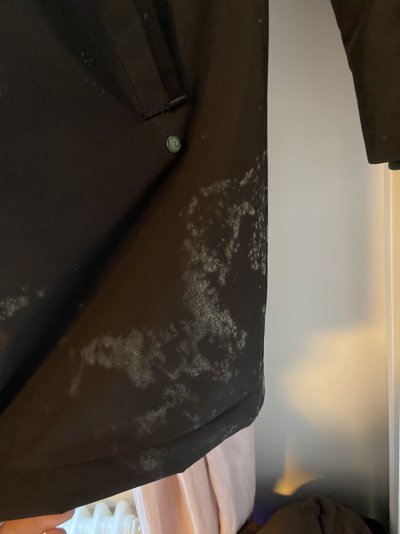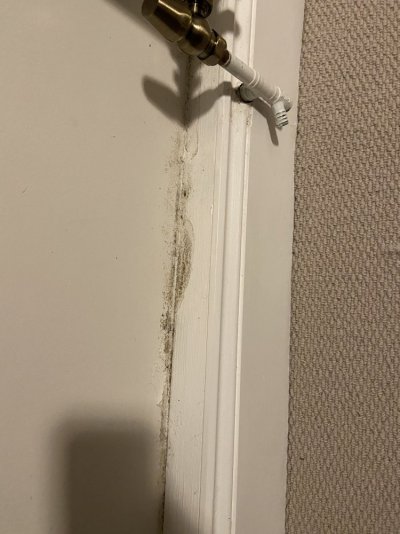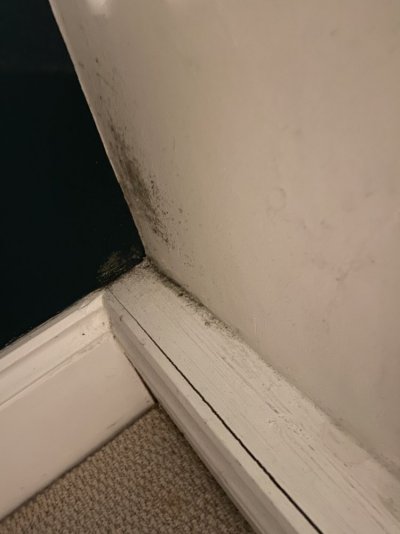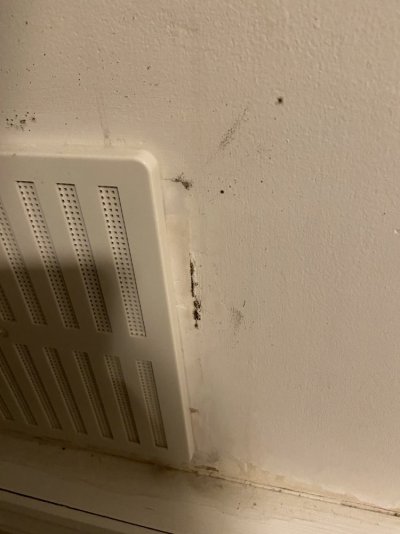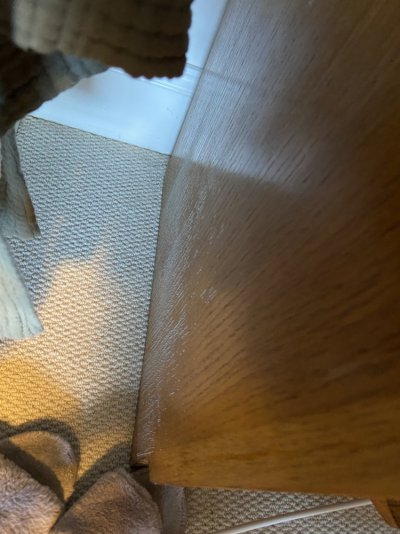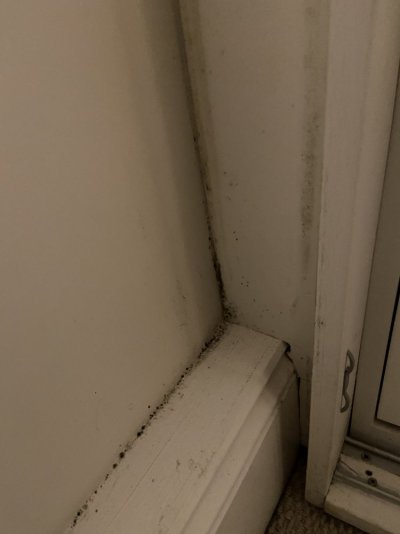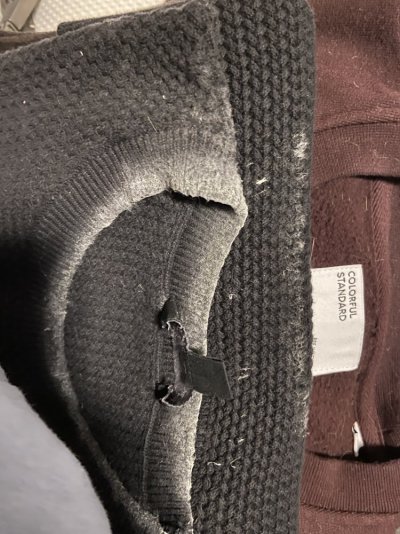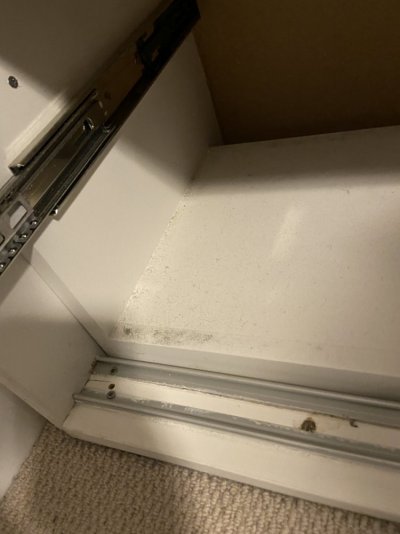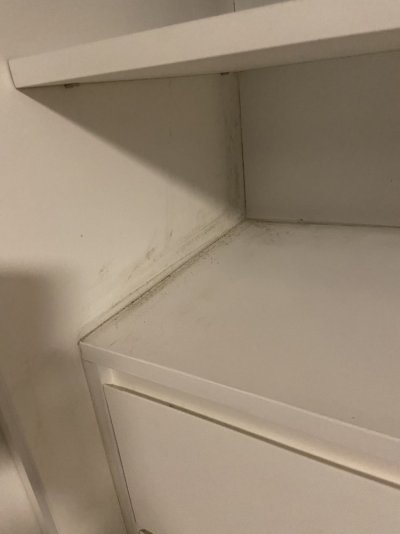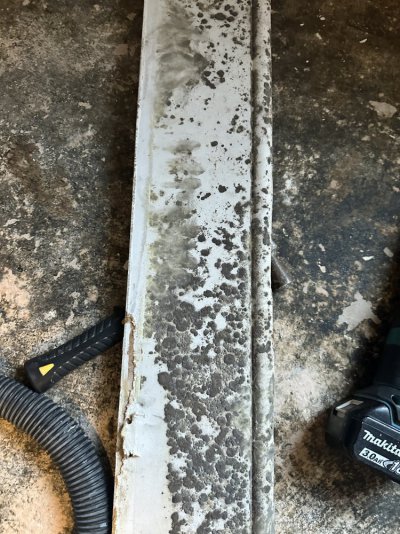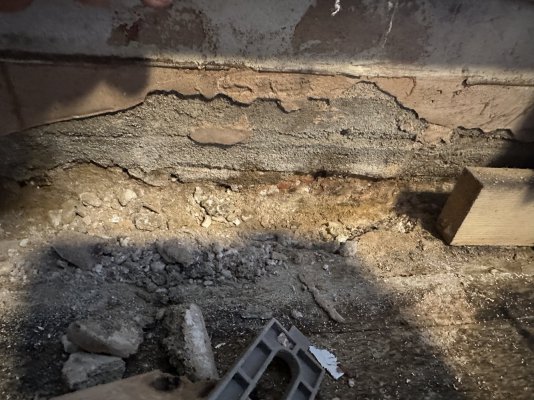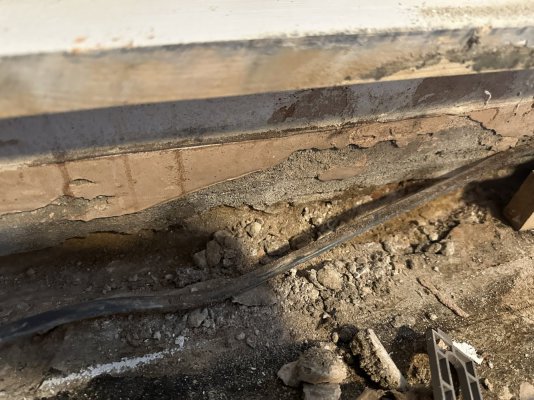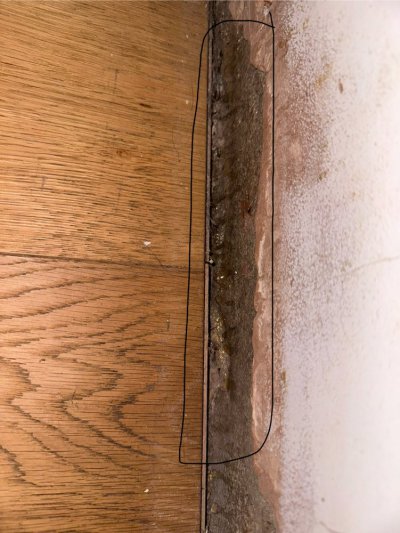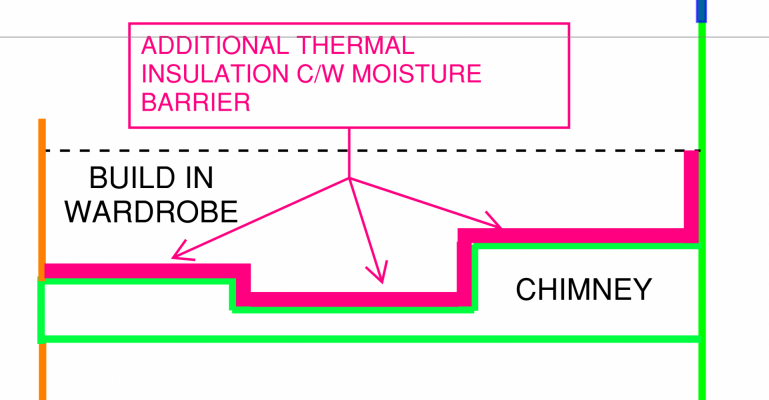Hi,
First time posting here, so hello and thank you for reading my post and any comments.
I have drawn up a sketch which hopefully is a good aid with the narrative below.
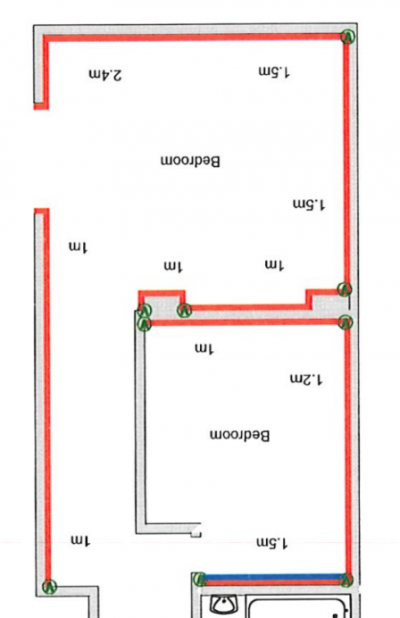
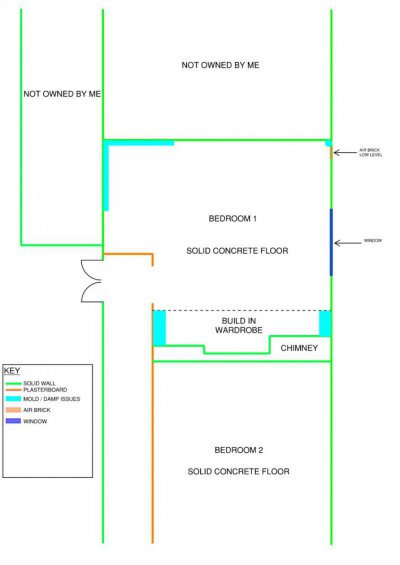
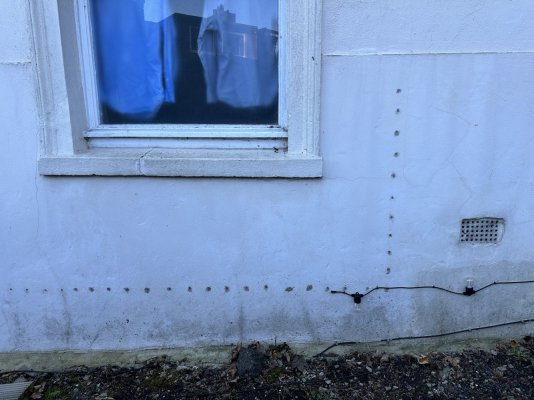
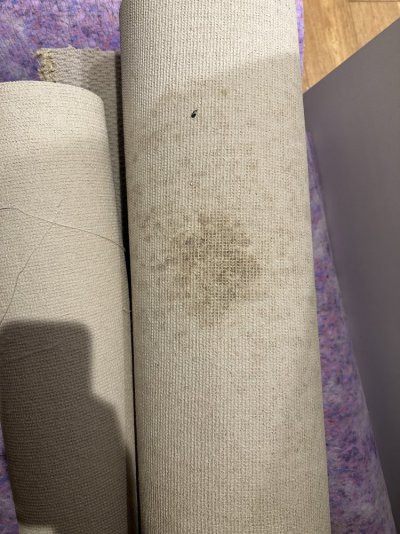
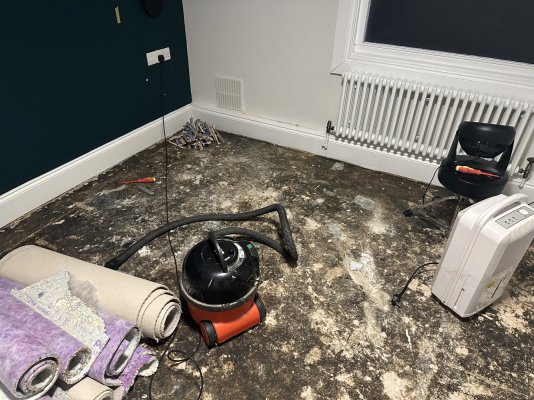
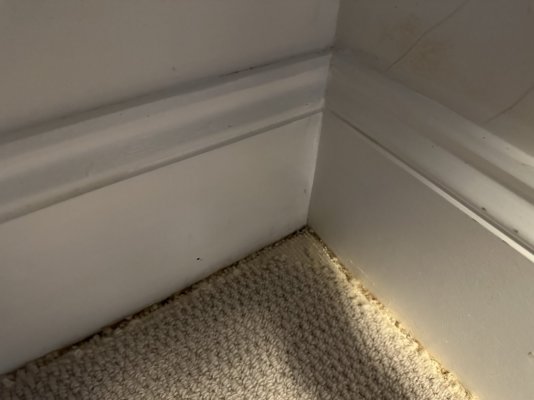
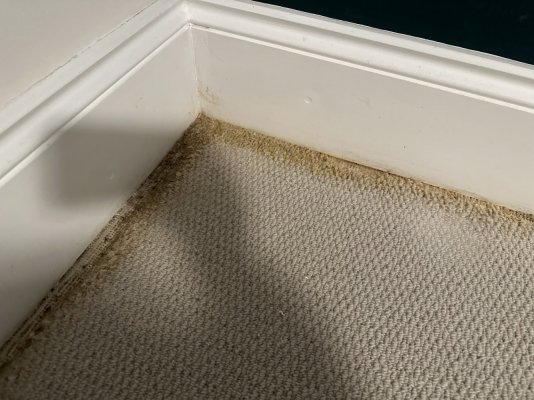
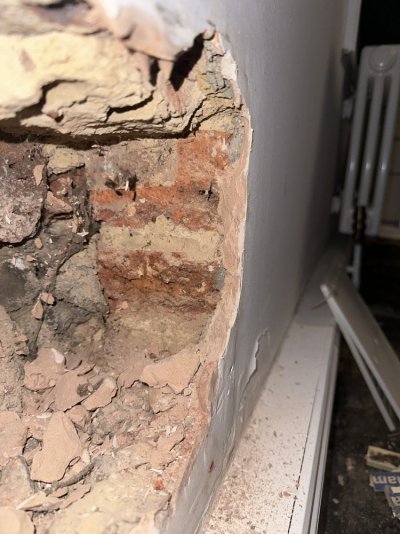
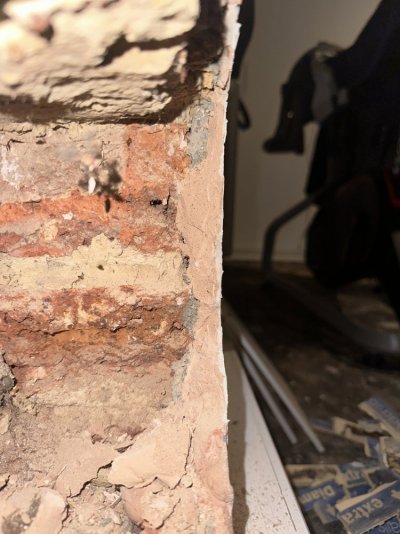
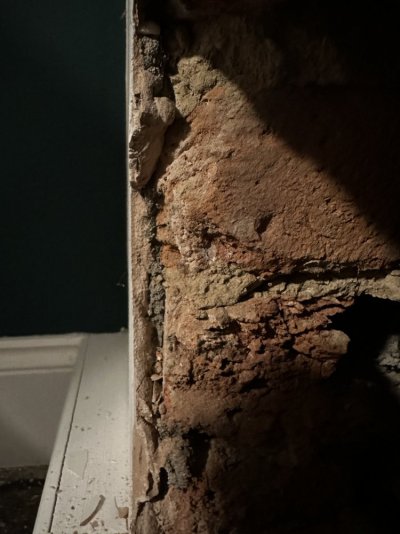
First time posting here, so hello and thank you for reading my post and any comments.
- I have lived in this current property for the last 8 years and have always struggled with damp / mould issues in various ways.
- Recently, we decided to repaint our bedroom (bedroom1) and discovered some ruin carpet in a carpet plus a mouldy smell.
- Carpet is ripped out now and bare slab exposed but before we put an engineered wooden floor down I would like to solve the issue as best as I can
- IMPORTANT FACTOR NO.1: I am on a timeline, property is 2 bed, and youngest daughter sleeps in one room, my pregnant wife and I currently sleeping on blow up bed in living room
- IMPORTANT FACTOR NO.2: We will most likely only stay in this property for another 12-18 months
I have drawn up a sketch which hopefully is a good aid with the narrative below.
- Floor is ground floor
- Year of the property is 1880, London location
- I am not sure if bedroom1 is an addition or was always there, would the chimney breast have been on the outside of the building
- Since the carpet has been up, the damp smell has gone and the concrete slab seems dry, weather has been dry since carpet ripped up,
- There would be moisture forming next to the air brick and water pooling - from everything i read i think this air brick is redundant given there is no suspended floor and i think the water pooling is condensation a cold spot
- Have always noticed lots of bugs, googled and determined these to be silverfish which thrive in high RH environments
- Is a concrete floor typical in buildings this age?
- Internal wall looks like a gypsum / cement plaster and i am not sure i see a lime behind, could someone confirm?
- I am thinking to remove internal plaster back to brick up to 1.5m and treat in a way that is breathable. My theory, which i think i read on another post here, is that even if the cause is the subfloor and it is coming through the walls because it can't come through the floor then allowing it to come through the walls (Which it can't currently do) will help.
- From what i have read, the walls need to breath and I could achieve this using a lime plaster but this isn't an option for me because i understand it take 2-3 months to properly dry
- What alternatives are there?
- Kenwood carried out damp proof injection treatment for the previous owner
- Because the damp proof injections have already been carried out does this change what the best methods are for a beathable wall?











